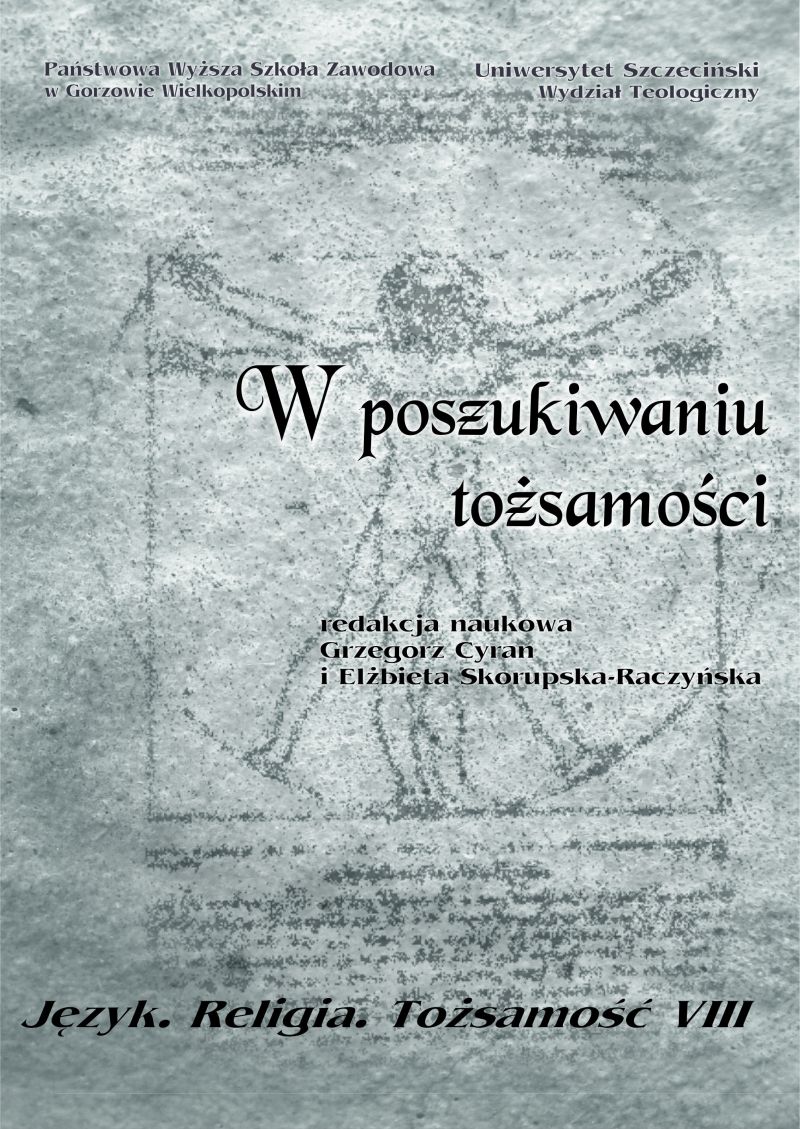Badanie i ochrona dziedzictwa kultury w XIX i XX wieku – prolegomena
Researching and protecting cultural heritage in 19th and 20th century – introduction
Author(s): Anna GomółaSubject(s): History
Published by: Akademia im. Jakuba z Paradyża
Keywords: research,protection;cultural heritage;material heritage;non-material heritage
Summary/Abstract: The article aims at a reconstruction of tendencies present within the field of research and protection of cultural heritage in past centuries. Currently two types of cultural heritage are distinguished in scientific papers and legal documents (pertaining also to the operations of UNESCO). These are: material heritage (movable and immovable monuments) and non-material heritage (languages, customs, ceremonies and rituals, performing arts, as well as knowledge and skills of particular communities, groups or individuals). In 19th century due to an adverse political situation, Polish cultural heritage was at an exceptional risk of falling into oblivion. Items of material heritage were destroyed or plundered and non-material heritage underwent violent transformations, among others, as a result of dominance of educational institutions of partitioning powers and disruption of past spatial relations between particular areas of the Republic of Poland. Poles, both in the country and abroad, opposed those negative processes. They took pains to develop collections of books, national relics and works of art (later on also elements of folk culture), draw up inventories of movable and immovable monuments, as well as publish (in separate publication and periodicals) literary works and scientific papers vital for Polish national identity. Also elements of living culture were the objects of documentation processes.In the twentieth century Polish heritage suffered great losses (mainly due to robberies and war damage). However, this period was also marked by great creative undertakings. Two times, after WWI and WWII, organisational structures of institutions devoted to research, museums and libraries (which collected, recorded and studied heritage), and education (which prepared an appropriate educational personnel) were developed. It was also a time of impressive increase in the knowledge and level of understanding of Polish culture. The awareness of a great loss instilled in Poles a conviction that what was saved from the national wealth left behind for us by our ancestors is of immense value.
Journal: Język. Religia. Tożsamość
- Issue Year: 8/2012
- Issue No: 1
- Page Range: 77-102
- Page Count: 25
- Language: Polish

